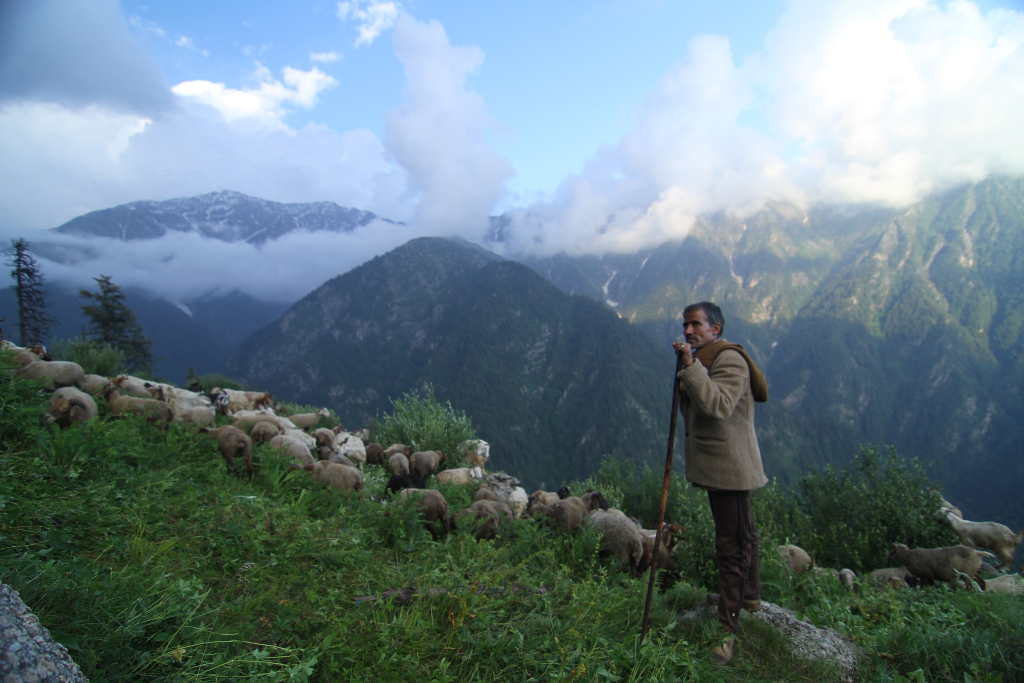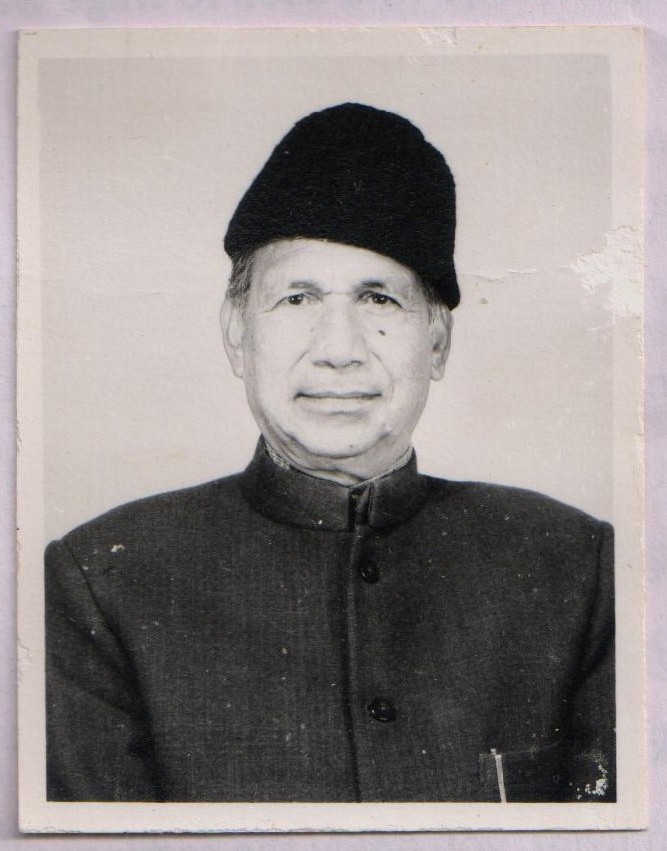
People’s Contribution
People’s Contribution
The native populations of forests across the globe have protected and conserved their environments since time immemorial, and the inhabitants of the Great Himalayan National Park Conservation Area (GHNPCA) are no exception. The area’s forests have historically supported the very survival of local residents, who continue to believe in sustainable harvesting, as regulated by social custom and religious belief, practice and myth. This includes reliance upon trees, medicinal plants, meadows for livestock grazing, rivers and sacred groves.

GHNPCA’s forests have thus remained stable, threatened only by the advent of commercial harvesting of medicinal plants and other forest produce. Even in present times, it is hard to dream about protection of forests, without active contribution of the locals.
The park’s management team is extremely grateful to the local population for its role in conserving GHNP’s resources, and hopes to work in partnership with them into the future to protect this jewel of the Western Himalaya.
GHNP could not have been established without the help of many individuals, including the living legend Mr Dileram Shabab. To acknowledge his contribution, a brief excerpt from an article he wrote about the park, is shared below.
To write the profile of the GHNP, thoughts go back to the wise saying of Sir Winston Churchill, the great prime Minister of UK, who had said, “The empires of the future will be the empires of the mind”. The adage conveyed the impulse of my letter dated 17th March 1971, addressed to Dr. Y.S. Parmar, the then Chief Minister of the Himachal Pradesh, citing the system in celebrating the park’s Centennial year, when thousands of visitors from abroad join the millions of American in visiting the National Parks, monuments and forests.
The letter continued, “We the people of Himachal Pradesh should also be proud of our magnetic mountain peaks, gigantic canyons, lush forests, mighty glaciers and valuable fauna and flora. Our beloved Prime Minister, Pandit Jawaharlal Nehru, the great admirer of our natural assets, had rightly stressed that we should also maintain in our country this system, not only to meet today’s need but to anticipate those of tomorrow and put forward our plans and programs to expand the nation’s parks, recreation areas and open spaces, in a way that truly bring parks to the people’.
Dr Parmar had kindly set in motion the proposal for the creation of national parks in Himachal Pradesh. On the basis of the Survey Reports submitted by Dr. J Gaston, of the Canadian Wild Life Service and Dr Peter Garson of the World Pheasant Association, the government of India, initially decided in the year 1976, to establish Wild Life Park in Tirthan and Sainj Forest Ranges of Kullu District.
When Shri Neelam Sanjeeva Reddy, the then President of India, who was visiting Kullu-Manali sometime in June 1979, was a god-sent opportunity, with receptive mind for public good, he gave a patient hearing and assured to take up the park issue with the government, on his return to the capital.
The final notification, adding more area to the park and giving it a new name of the Great Himalayan National Park, was issued in March 1984. The park was selected as one of the first national Parks in India to demonstrate the approach of linking biodiversity conservation with local, social and economic development, broadly known as Eco-development. This concept is new both to the field staff and local people. Thus to make the approach viable, an alternative system more sustainable and remunerative for the local people has to be worked upon.
On declaration of the Great Himalayan National Park comprising the forest areas of Tirthan and Sainj Vallies, the forest department and the people of the local area protected the Bio-diversity value of the park, which in turn attracted the UNESCO towards the Park for its exceptional natural beauty and conservation of biological diversity.
To evaluate the suitability of the Park and its adjoining Conservation area, for inclusion in the list of “World Heritage Sites”, Dr Worboys, the Vice-Chairman, IUCN, visited the Park on Oct., 2012. On that occasion, local NGOs and stakeholders presented a memorandum on the working of GHNP that “We hail UNESCO, we are stakeholders, the park is not for sale, adding that the park should really be the people’s park and not merely a source for the outsider to grab its natural resources” to Dr Worboys.
Agreed upon the memorandum, on June 23, 2014, the Great Himalayan National Park was granted the World Heritage status, by the UNESCO. The Principal Secretary (Forests) came out with a statement, “the villagers will continue to enjoy their traditional rights and will be an integral part of the national heritage”. This was a welcome move on the part of the Forest Department to placate the sentiments of the stake holders who were kept back in the system.
Contribution of thousands of downtrodden village folks, forest dwellers, neighbouring communities, comprising 13 gram Panchayat of the Sainj and Tirthan Valley areas and thousands of devotees and worshippers of deities and Jognies, dotted from Tirath (Hanskund) to far off Rakti Sarovar, constitute the integral part of this World Heritage. “Extracts from Sh. Dilaram Shabab’s write-up on GHNP
As in the past, the Park authorities still depend a lot on the local contribution to the conservation of the Park and form the biggest spirit in the Management of the Park.



